|
It seems I am not the first translator to become obsessed with sashiko! The other day I had the great pleasure of viewing an exhibition of work by Hiroko Ogawa and her students from the Mito NHK Bunka Center Class. The eighty-year old Ogawa-sensei has combined her long career as a sashiko artist and teacher with one as a dialogue translator for dubbed films. In fact she has worked on a number of very famous ones, such as “A Streetcar named Desire,” “Rosemary’s Baby,” “Pretty Woman” and “Silence of the Lambs” to name just a few. Ogawa-sensei was born in Kisofukushima-machi, a small town in mountainous Nagano prefecture. She learned sashiko as a child from her grandmother, and many other patterns and techniques from her mother who did Japanese embroidery. However, it was while living in Los Angeles from 1979 to 1989 working as a translator that she began to exhibit her own work and teach sashiko. She has since participated in numerous exhibitions both in the US and Japan, and won an award in the US. After returning to Japan she moved to Nasu in Tochigi prefecture, where she still lives today while exhibiting and teaching classes in Mito and Utsunomiya. Ogawa-sensei’s wall-hanging, below, dominated the exhibition. It is composed of eighty different panels of family crests (kamon), and she made the entire piece herself, stitching all the panels and sewing it together. The reverse side is also beautifully finished. My friend, Katsuko Funada, a student of Ogawa-sensei, made this piece called Mangekyo (kaleidoscope), which is a hall mat, though much too beautiful to step on of course! The overall kikko (tortoiseshell, or hexagon) design is composed of 19 small hexagons stitched with a kikko variation and sewn together quilting style. Another kikko hanging that caught my eye was this Arare kikko to asa no ha (hailstone tortoiseshell and hemp) wall-hanging below, stitched by Toshiko Kato. The densely stitched hemp leaf alternating with the more open spaces of the arare kikko is an eye-arresting combination. One feature of Ogawa-sensei’s work (and even though they are stitched by her students, all the designs in this exhibition are hers) that I noticed is the detail with which they are finished. For example the ends of the rods used to hang the pieces, are coated with sheets of paper used for calligraphy, with poems or songs written on them. Below is a kiku (chyrsanthemum) design wall-hanging stitched by Kazue Yoshida. And finally, geta (clogs) stitched by Mariko Kannai. There were many other exquisite pieces of work, far too many for me to show you here. This exhibition has already finished, but do keep an eye out for the work of Hiroko Ogawa. You won’t find her on a web page, but she does have exhibitions regularly in Tokyo and other parts of Japan.
3 Comments
Jerri Stoyanoff
9/16/2023 12:31:29 am
Our embroidery guild inherited some items and one is an unfinished sashiko quilted clutch bag from a class taught in 1984 by Hiroko Ogawa as a one day workshop. Unfortunately, other than the faded chalk lines and a one page materials sheet, that is all I have to complete this small clutch bag. It does show a layout for hitomezashi tortoise shell and double stitch but that is all, no instruction/pattern to turn it into clutch. I wondering if anyone had any information in which I can complete this project for the guild.
Reply
Alison
9/16/2023 04:49:17 pm
Dear Jerri
Reply
Leave a Reply. |
Watts SashikoI love sashiko. I love its simplicity and complexity, I love looking at it, doing it, reading about it, and talking about it. Archives
September 2022
Categories
All
Sign up for the newsletter:
|




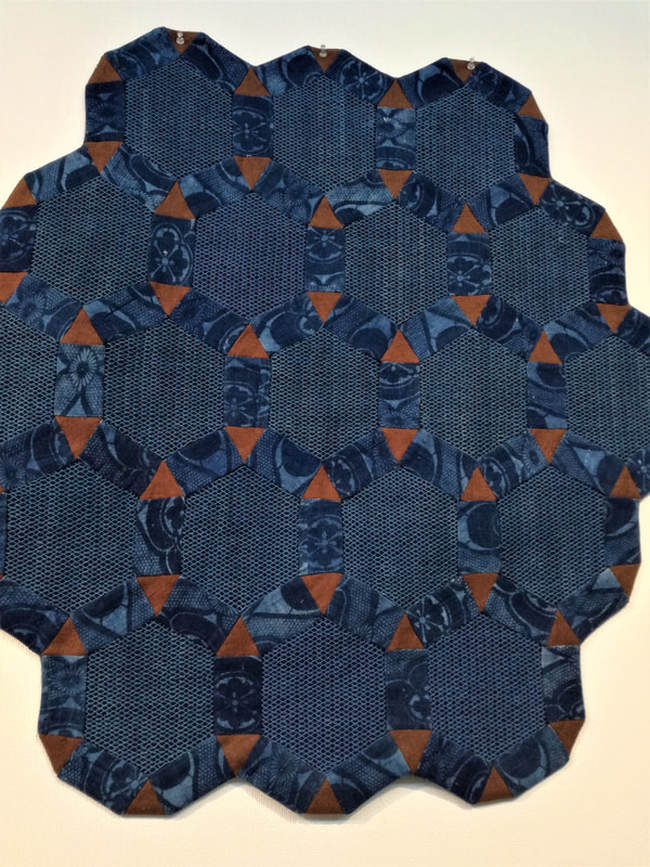
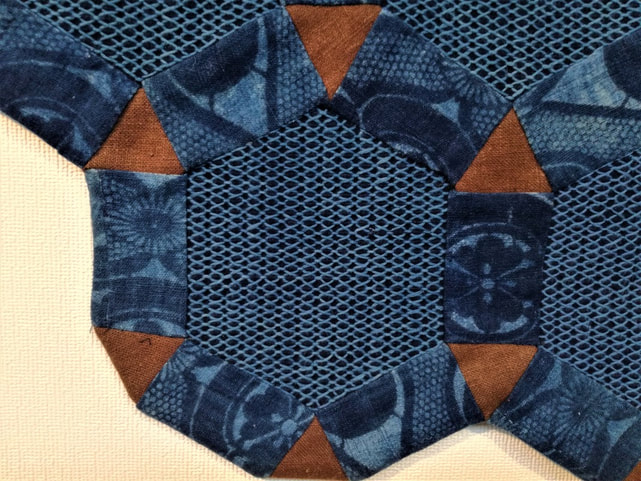

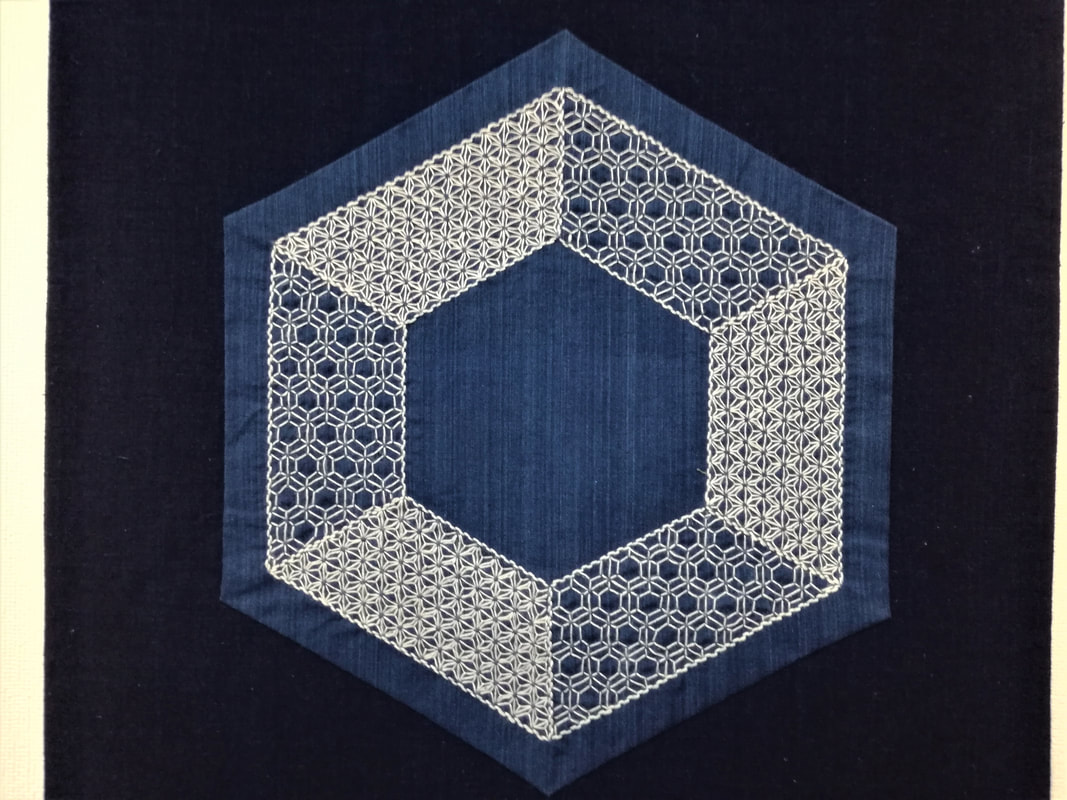
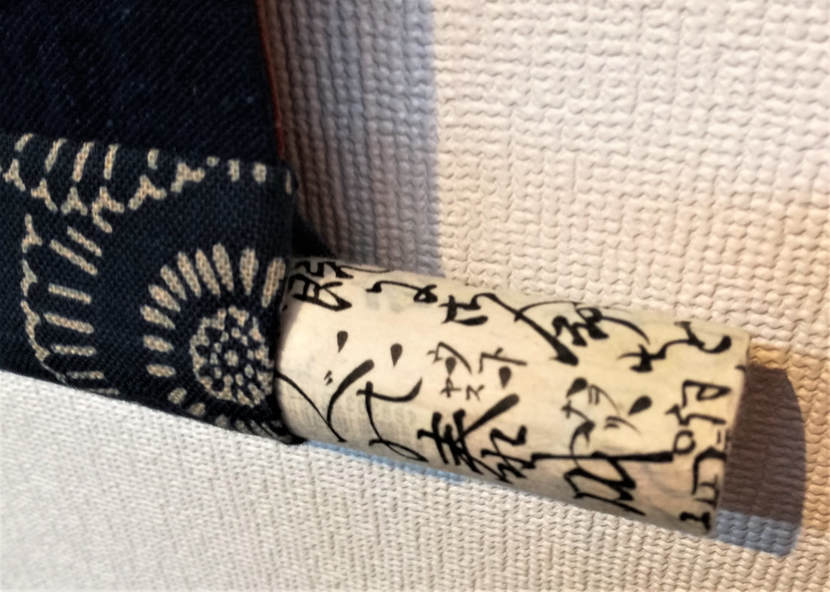
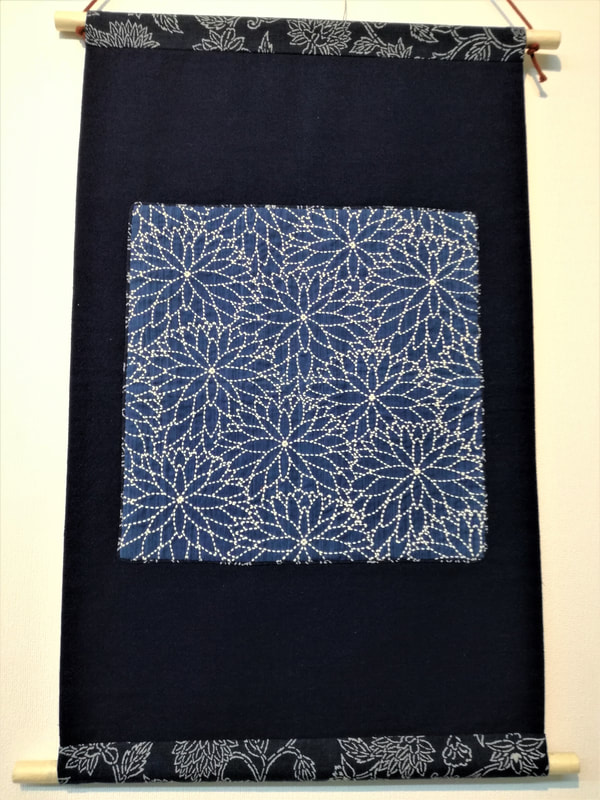
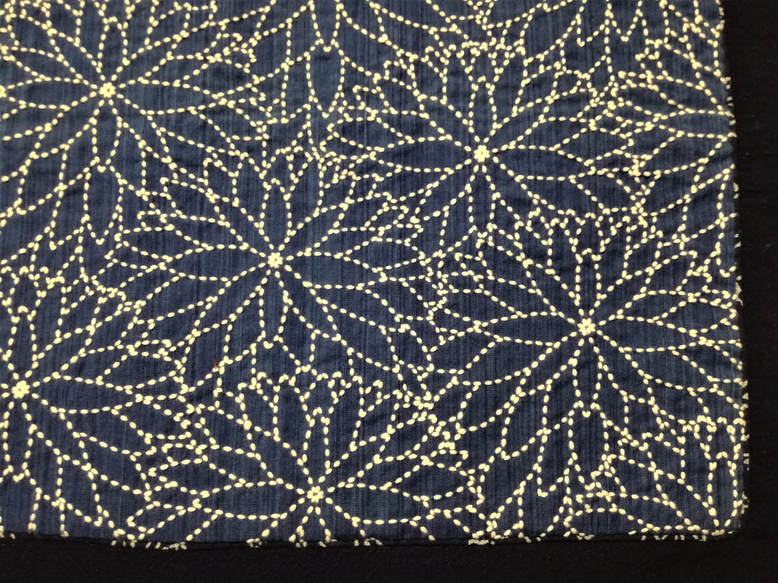

 RSS Feed
RSS Feed



